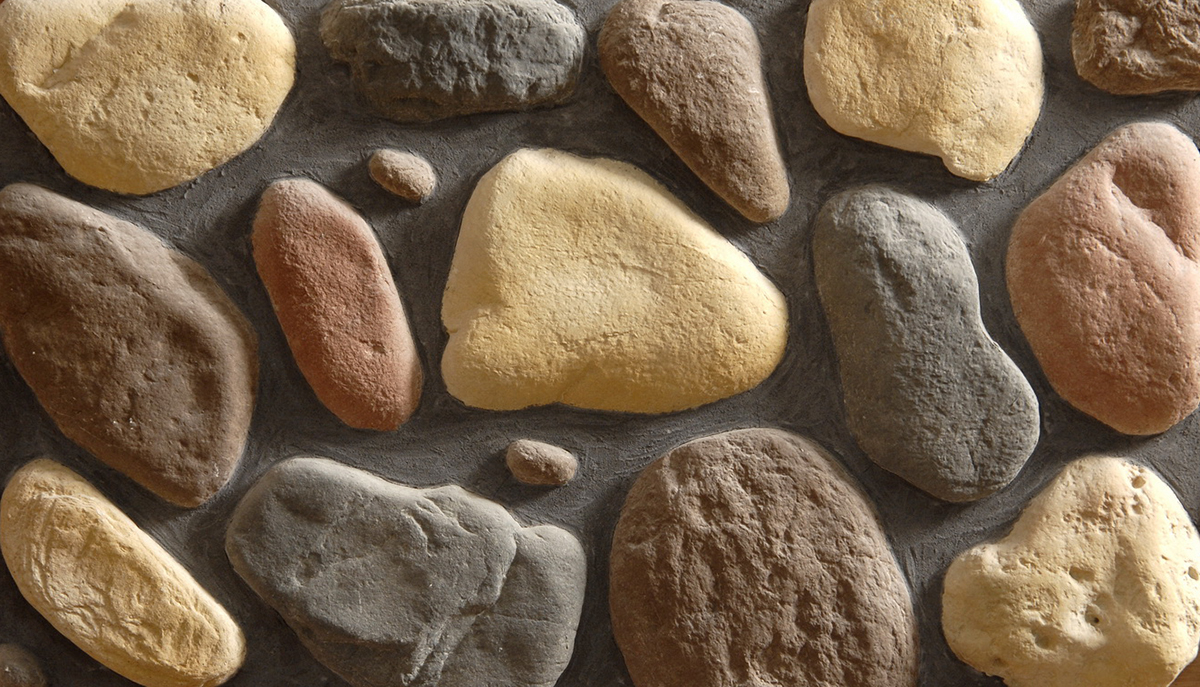History of Artificial Stone Veneer
Artificial cultured stone, or cast stone as it is commonly called today, has a long and illustrious history that intertwines with the great boom in classically inspired country house building from the eighteenth century onwards.
In the eighteenth century, artificial stone designs by leading manufacturers were used at prestigious country houses such as Belton, Burghley and Stowe whilst artificial stone building materials and garden ornaments are still being used today across the UK.
Quickly taking on the appearance of natural stone, artificial stone or faux stone is often mistaken for, and assumed to be, natural stone. Undoubtedly, one of the chief advantages artificial stone or faux stone has over its natural stone equivalent is cost, particular when multiple castings are required.
Syon Park gateway in London incorporates artificial stone by Coade, a renowned eighteenth-century manufacturer.
The constituent parts of cement-based artificial stone, cast stone or faux stone are similar to those of concrete and the performance of artificial stone, cast stone or faux stone can be impressive. Haddonstone has the proven ability to withstand exposure to saltwater and wind.
Artificial cultured stone is, confusingly, referred to by many different names, including: art stone, simulated stone, substitute stone, faux stone, manufactured stone, reconstructed stone, reconstituted stone, composite stone and cast stone.
The modern definition of cast stone in the British Standards is ‘any material manufactured with aggregate and cementitious binder, intended to resemble in appearance, and which may be used in a similar way to, natural stone’. The terms art stone, simulated stone, substitute stone, faux stone, manufactured stone, reconstructed stone, reconstituted stone, composite stone, fabricated stone, patent stone, composition stone and cement fondue are or have been replaced with the term cast stone in all relevant British Standards.
As early as the mid-sixteenth century, English gardens were influenced by the Renaissance styles from the Continent, with terraces often being decorated with stone balustrading and statuary. By the mid-seventeenth century, the fashion for artificial stone or faux stone garden sculpture had spread from Italy and as a consequence, elaborate formal gardens soon appeared across Europe, richly adorned with artificial stone or faux stone figures of gods and goddesses, shepherds and shepherdesses. Not all of these early artificial stone or faux stone garden ornaments were purely decorative. For example, sundials, wellheads and cisterns have decorative and practical functions.
The first known examples of artificial stone or faux stone building materials being used, in a position where it was intended to be seen, were lintels cast from sandstone, aggregate and lime-pozzolan cement for the repair of the walls of Carcassonne in France. In England, the earliest reference to artificial stone or faux stone relates to Sutton Place in Surrey where Henry VIII’s brewer is recorded as having used ‘artificial stone or brick’ extensively.
Each generation seems to regard artificial stone or faux stone as a new invention, rather than as a material with a long and illustrious past. For this reason, each generation has to re-establish the credentials of the material.
For great periods in the early twentieth-century, the reputation of artificial stone or faux stone was tarnished by poor detailing and weathering problems. New manufacturers such as Haddonstone have emerged with new cast stone production processes, producing high quality building materials and garden ornaments with none of the problems of their forebears.
As we move into the twenty-first century, cast stone manufacturers often experienced the same prejudice as the early manufacturers even though, through technological advances and rigorous testing regimes, the quality of artificial stone from a United Kingdom Cast Stone Association (UKCSA) member is undoubtedly higher and more consistent than has been created at any time in the history of artificial stone or faux stone.




